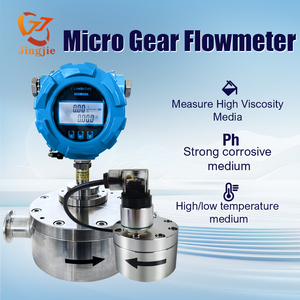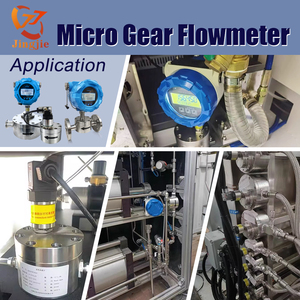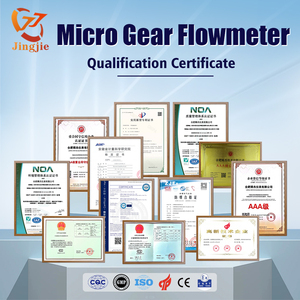Introduction to Oil Flow Sensors
Oil flow sensors are crucial components in various applications where monitoring and controlling oil flow is essential. These sensors provide real-time data on oil movement, ensuring optimal performance and safety in machinery, automotive systems, and hydraulic circuits. By accurately detecting oil flow rates, these sensors prevent potential equipment failures and minimize operational costs. In industries ranging from manufacturing to automotive, understanding the importance of oil flow sensors can lead to enhanced efficiency and reliability.
Types of Oil Flow Sensors
Oil flow sensors can be categorized based on the measurement principles and applications. The common types include:
- Variable Area Flow Meters: These sensors operate on the principle of differential pressure and are suitable for low to medium flow rates.
- Turbine Flow Meters: Utilizing a rotating turbine, these sensors are ideal for high flow rates and provide accurate flow readings.
- Ultrasonic Flow Sensors: These sensors use ultrasound waves to measure flow, offering high accuracy without any moving parts.
- Magnetic Flow Meters: Perfect for conductive fluids, these sensors measure flow without disturbing the fluid, ensuring minimal wear and tear.
- Rotary Vane Flow Meters: With a simple mechanical design, these sensors are widely used in low-viscosity applications, providing reliable readings.
Applications of Oil Flow Sensors
Oil flow sensors play a pivotal role in numerous industries by ensuring efficient operation and maintenance of systems. Their applications include:
- Automotive Sector: Used in engine oil monitoring systems to provide timely alerts on oil flow, enhancing vehicle performance and longevity.
- Hydraulic Machinery: Critical for monitoring hydraulic fluid flow, ensuring optimal performance and preventing equipment degradation.
- Manufacturing Equipment: Employed in production machinery to monitor lubrication systems, preventing breakdowns and ensuring smooth operation.
- Marine Applications: Essential for engine monitoring and maintaining the health of maritime vessels by ensuring appropriate oil flow levels.
- Aerospace Industry: Used in aircraft systems to monitor the flow of hydraulic oils, which are vital for positioning wing flaps and landing gear.
Features and Advantages of Oil Flow Sensors
Choosing the right oil flow sensor offers numerous features and advantages that enhance system performance, including:
- High Accuracy: Oil flow sensors guarantee precise measurements, which minimize errors and improve decision-making based on data.
- Durability: Many sensors are built to withstand harsh conditions, ensuring they perform effectively in diverse environments.
- Real-time Monitoring: With instantaneous readings, these sensors help to monitor oil flow consistently, optimizing operational efficiency.
- Easy Integration: Designed to integrate seamlessly with existing systems, making installation and operation straightforward.
- Reduced Maintenance Costs: By preventing equipment failure through early fault detection, oil flow sensors significantly lower long-term maintenance expenses.









































